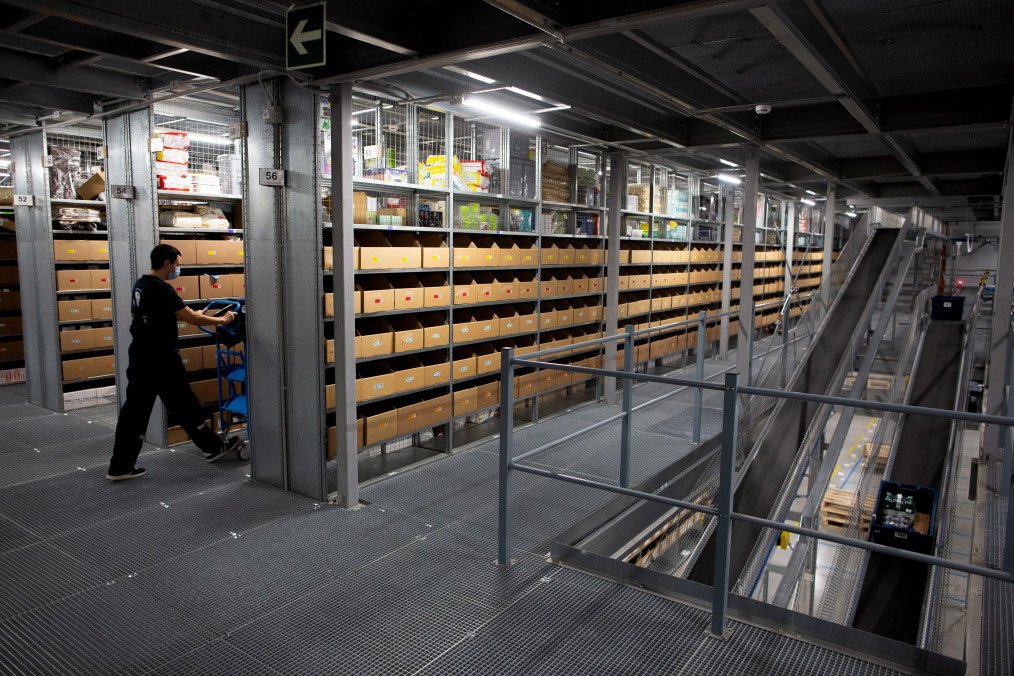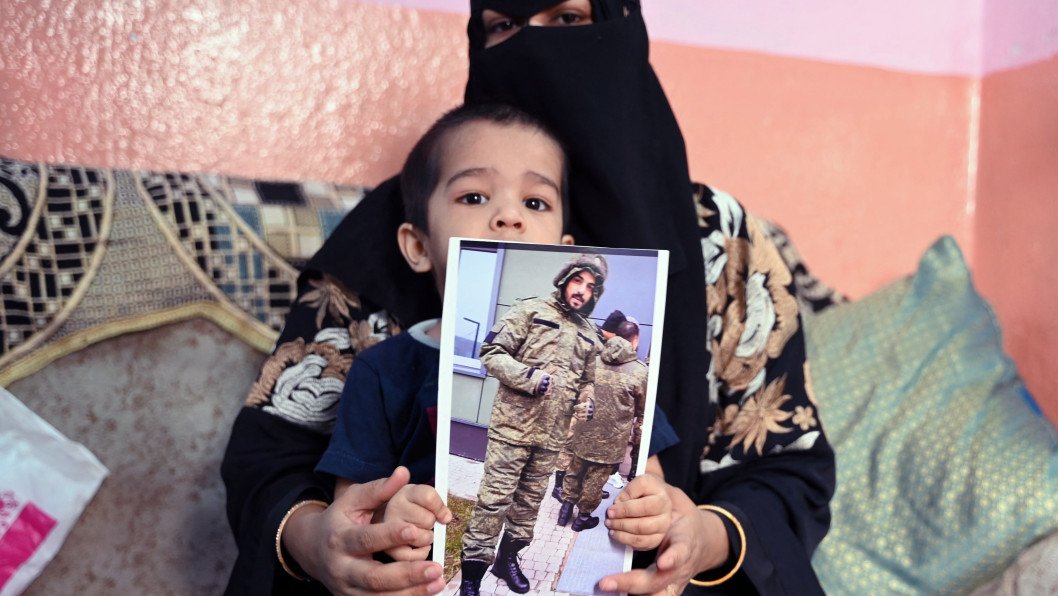- Category
- Latest news
Russia Turns to South Asian Workers as Labor Shortages Reach Critical Levels

As Russia grapples with an acute labor shortage, major companies—including online retail giant Ozon—are turning to workers from India and other South Asian countries to fill the gaps, Russian media Vpost reported on March 25.
With unemployment at a historic low and wages rising in a wartime economy, foreign workers are becoming an increasingly essential part of Russia’s workforce.
Vpost cites a YouTube video advertising warehouse jobs at Ozon has brought attention to the trend. The professionally produced clip, aimed at South Asian job seekers, features a Hindi-speaking supervisor outlining the hiring process for an Ozon subcontractor in Pushkino, near Moscow.
“We provide accommodation, health insurance, work attire, food, and Russian language lessons—all free of charge,” comments the manager, Mohammed Sagir Sheikh.
But he also makes one thing clear: “The most important thing is to complete the daily task—1,500 to 2,000 pickups. Your salary depends on how much you have picked. Remember, you came here to earn money.”
According to Vpost, Russia’s economy faces a major demographic crisis. Unemployment has plunged to just 2.3%, nearly half of what it was before the full-scale invasion of Ukraine in 2022. But this is not a sign of prosperity—rather, it reflects a severe labor shortage exacerbated by war and restrictive migration policies.
The Kremlin is struggling to balance the demands of war and economic growth. Over 10,000 men are sent to the front lines every month, while the defense sector offers salaries and bonuses that private businesses cannot compete with.
“Warehouse staff has always been in short supply in Russia,” said a businessman working with online marketplaces, speaking on condition of anonymity with Vpost. “Now, the problem is worse than ever.”
In response, Moscow is expanding visa programs and loosening restrictions on foreign labor. Official figures show a significant increase in migration from the Asia-Pacific region, with 95,000 people arriving in 2023—four times the number in 2022.
Despite the growing need for foreign workers, many face low wages and difficult conditions, Vpost stated.
Fahran Arshad, a Pakistani graduate from Moscow’s Skolkovo Institute of Science and Technology, worked at Ozon’s warehouse in Pushkino in 2024. He found that Indian workers hired by subcontractors were paid far less than their Russian counterparts.
“They pay about 30,000 rubles ($345) per month, while other subcontractors pay double,” he said.

The trend extends beyond e-commerce. Indian tailors have been recruited to work in Russian factories, including BTK Group, a major supplier of military uniforms. The company, owned by Putin ally Taimuraz Bolloev, has been under EU sanctions since 2024.
Vpost writes that videos and photos from BTK facilities in Kursk and Saratov show Indian workers being celebrated for their productivity—and even playing cricket outside the factory.
But not all experiences are positive. Some workers report being misled about salaries and trapped in exploitative contracts. A popular Indian YouTuber named Bashar, who once worked in a Russian factory, now warns job seekers about potential scams.
“The biggest issue is the salary,” Bashar said. “I was paid about $1 per hour. Even when the ruble lost value, the company refused to raise wages.”
Earlier, Ukraine’s military intelligence agency (HUR) reported that Russia is luring men from Syria, using them as cannon fodder in the battles in eastern Ukraine.
“Russia has established a scheme with travel companies to dupe Syrians for the war against Ukraine. First, poor people are offered jobs as security guards in Russian oil regions, and then they are lured with a higher salary” to fight the war against Ukraine, HUR said on social media.
Syrian nationals are also promised Russian passports.




-72b63a4e0c8c475ad81fe3eed3f63729.jpeg)

